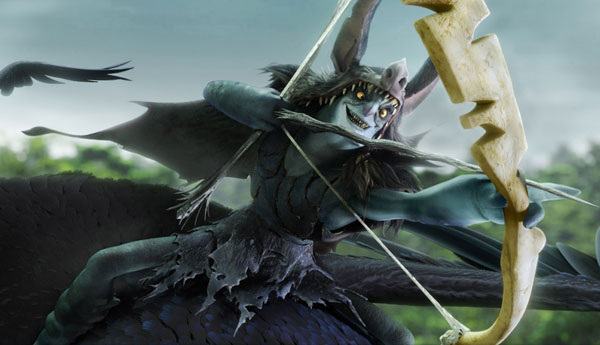|
Such amazing insight. On repeat.
0 Comments
Hi all! I recently was asked to give some advice to a new fresh Graphic Designer. I'm really honored and quite frankly scared that I should be asked such a question! So to maybe help other fellow creatives start getting to think about what it means to be a Creative, not necessarily a Graphic Designer, or an Animator like myself - I've put my ideas here for all. What you do all think? I'd love feedback too! Thanks! Thoughts on living a Creative Life First think I should say is to not think of it as just ‘Graphic Designer’ that title that’s too small. Yes it’s a job title but that’s not what you are. You are first and foremost a storyteller: A Visual Storyteller. You job is to create into reality the best and most clarified version of the vision of your client. That being said your client could be people, a company, a person or even yourself. You will learn to juggle opinions, social trends and deadlines. Even doubt and second guess yourself. Sometimes your best idea is NOT what the client wants. Your job is to make their vision a reality despite what you know might be good design, good colour and good taste. This is something you will come to learn - Taste, tact and appropriateness. I know I’ve learned this through being exposed and experience. You should have a base understanding of the basics but then you gain an intuition by just living. I think more than anything I’ve just learned to also accept there are no rules. Sometimes things just happen and work because they do. They are called Happy accidents. You are a facilitator to getting a client’s idea into reality. It’s also your job to make that experience as smooth and enjoyable as possible. NEVER do anything for free. Your work, your expertise and YOU are worth something. Even though most artists who start out want ‘experience’ don’t reduce what we do to nothing. Have a life, learn from everywhere and everything. Don’t deny yourself a learning experience because that will be the best fuel for ideas. It’s ok to make mistakes. Mistakes seem to be what society tells us to never do… wrong. Mistakes have to be learning experiences and if you think this way, mistakes are just another term for work in progress – but make sure you hit your deadlines. The root of anything meaningful to people is you need to have a something rooted in something connectively emotional. Make people feel something. There is nothing more real than real. People connect with things innately because there is a human element in it. No reaction means you haven’t done your job right. Positive or negative it’s still a place to move from. I compiled a top list. By no means are these everything but it’s a start. Top tips:
Amazing work! Loved the film!Great little video about VFX.Great Mini-Documentary. |
categories
All
jay
I like sharing things past stuff
August 2016
|

 RSS Feed
RSS Feed